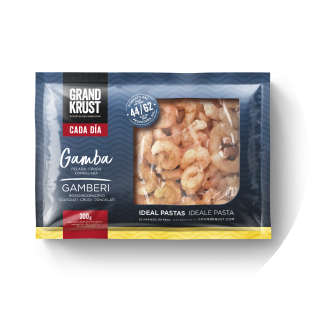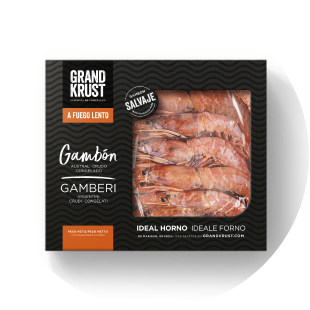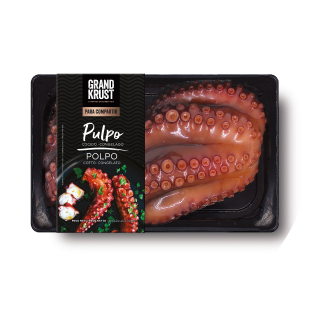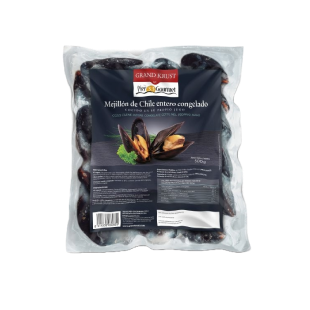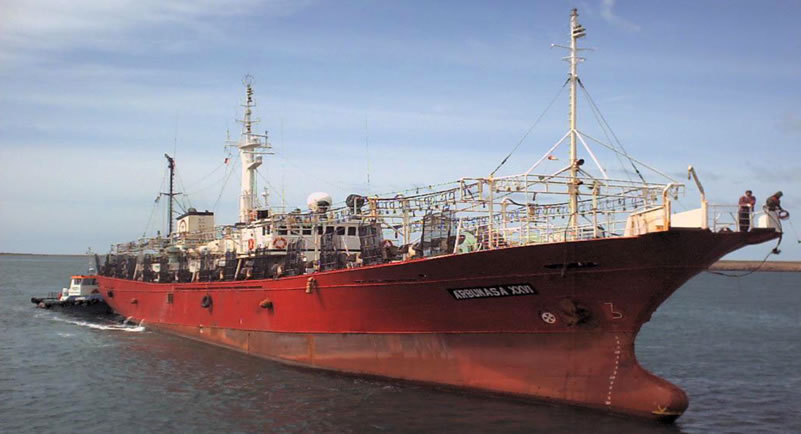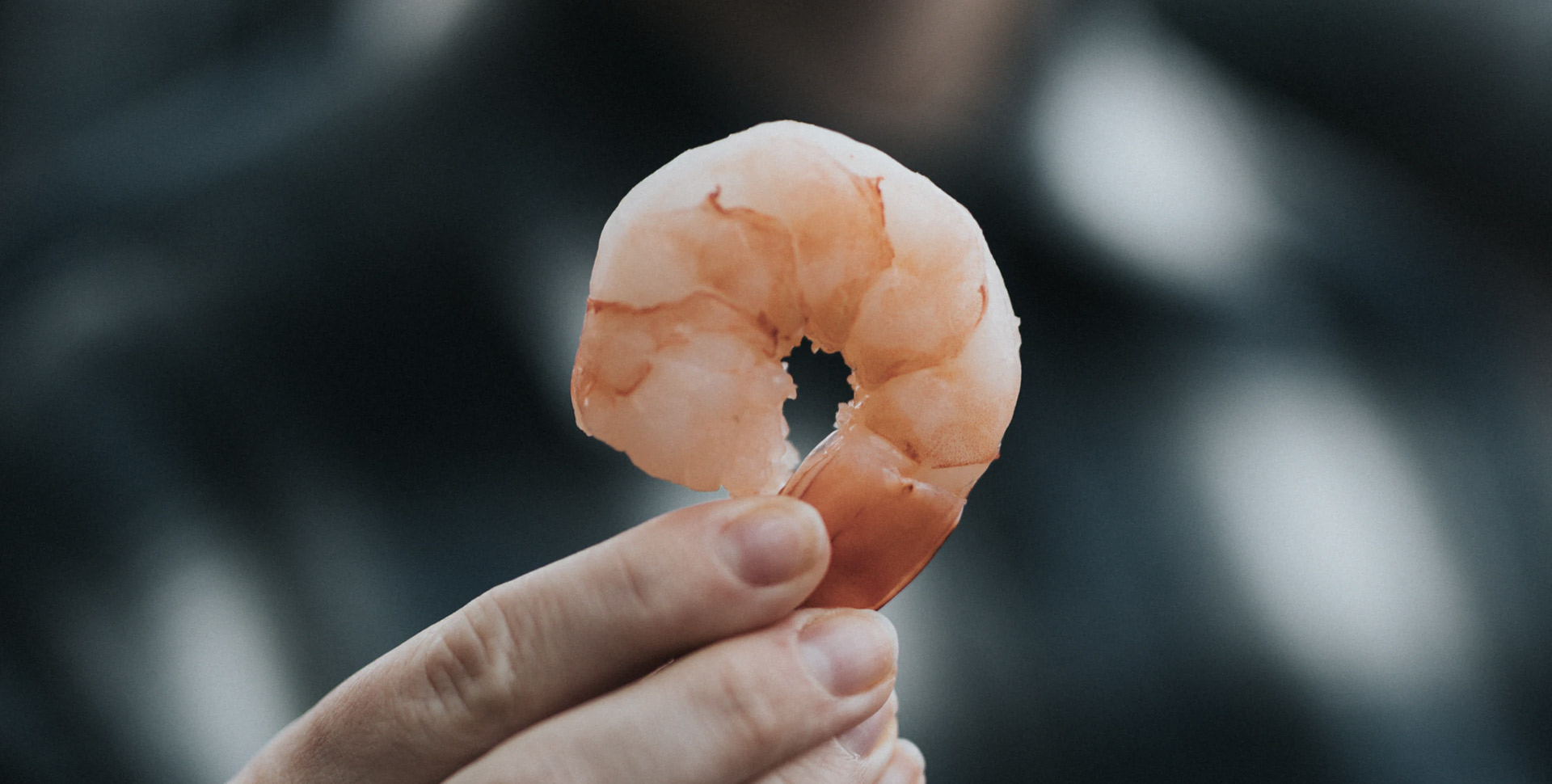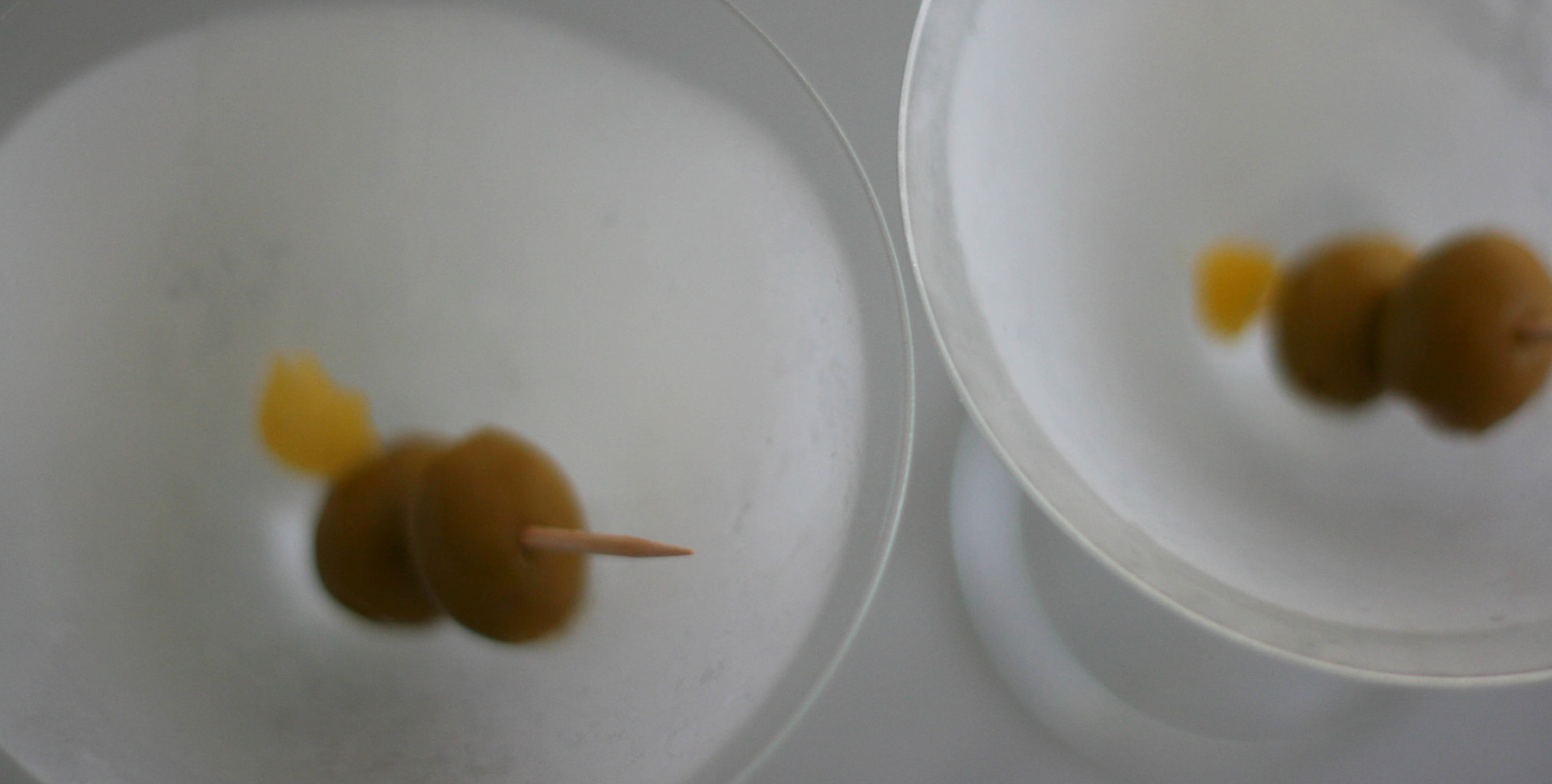How we came up with freezing seafood
A brief story about fishing that allows you to take home the best seafood in perfect condition
[ AUTHOR: DAVID REMARTÍNEZ ]
When the Eskimos of Greenland or Alaska caught a fish, they placed it between blocks of ice. This natural method of preserving food for a long time while maintaining its properties, is still the most common way for transporting, storing and marketing what the sea provides, logically with the help of technology incorporated by the boats themselves. The history of these boats goes back a hundred and fifty years and reveals the twists and turns that we have made to the best way to take advantage of what was captured into nets and after thrown in pots. These are the main milestones of this story.
– In 1858, Charles Tellier, a French engineer who had gone bankrupt, invented the first refrigerating machine using liquefied ammonia gas. In 1874 he put his ingenuity into a ship, which he baptized “Frigorifique”, the first of its kind, which transported refrigerated meat for more than a hundred days between France and Argentina.
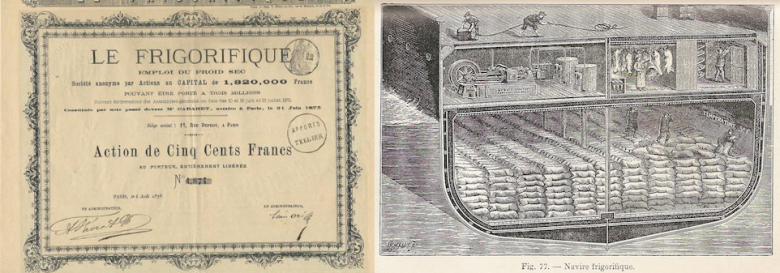
– At the same time, the Australian Thomas Sutcliffe Mort participated in 1861 in the patent for the first ice making machine, whose research he had sponsored. Refrigerated transport gradually spread throughout the world and improved.
–In 1929, American entrepreneur Clarence Birdseye introduced “instant freezing” after discovering that quick-freezing foods preserved them better and longer. According to his legendary story, he was inspired by the Indians of Newfoundland to develop his invention. Thus, began the freezing food industry, which was also progressively transferred to ships.
–In 1931 the Freon was discovered, and the first domestic refrigerator was sold (it did not arrive to Spain until 1952). Freezing, however, did not begin to be introduced as a domestic product until the 1960s, when the appliance became worldwide. Furthermore, with the popularity of space missions, even astronauts carried frozen food.
– The first freezer trawler was built in Spain in 1961, specifically in Vigo, by Astilleros y Construcciones (Ascón). It was called “Lemos” and inaugurated a new type of fleet that captured and froze food in the ship, bringing instant freezing to the high seas.
– In 1966 the company Amador Suárez S.A. was born, the beginnings of the current Grand Krust, which operates the freezer ship “Amasua”, making it a pioneer in the sector, currently one of the most important companies in the world
– Freezer vessels with the capacity to freeze ten tons of fish daily are becoming global. From 1961 to 1966, only in Spain there were 132 ships of this type.
– The current freezer vessels incorporate energy-efficient machinery, as well as various spaces for the processing, conservation and storage of frozen fish and seafood. Firstly, ultra-freezing is carried out, with a very rapid drop in temperature to – 40 degrees Celsius (thus keeping the fish intact), and then it is established at – 18 degrees Celsius. 4This way, the food reaches the consumer with all its vitamins, minerals, proteins and Omega 3 and Omega 6 acids.
- Curiosities
Seafood myths and questions
- Curiosities
Prawning Pairings
- Curiosities
Four cocktails to turn seafood into a party

